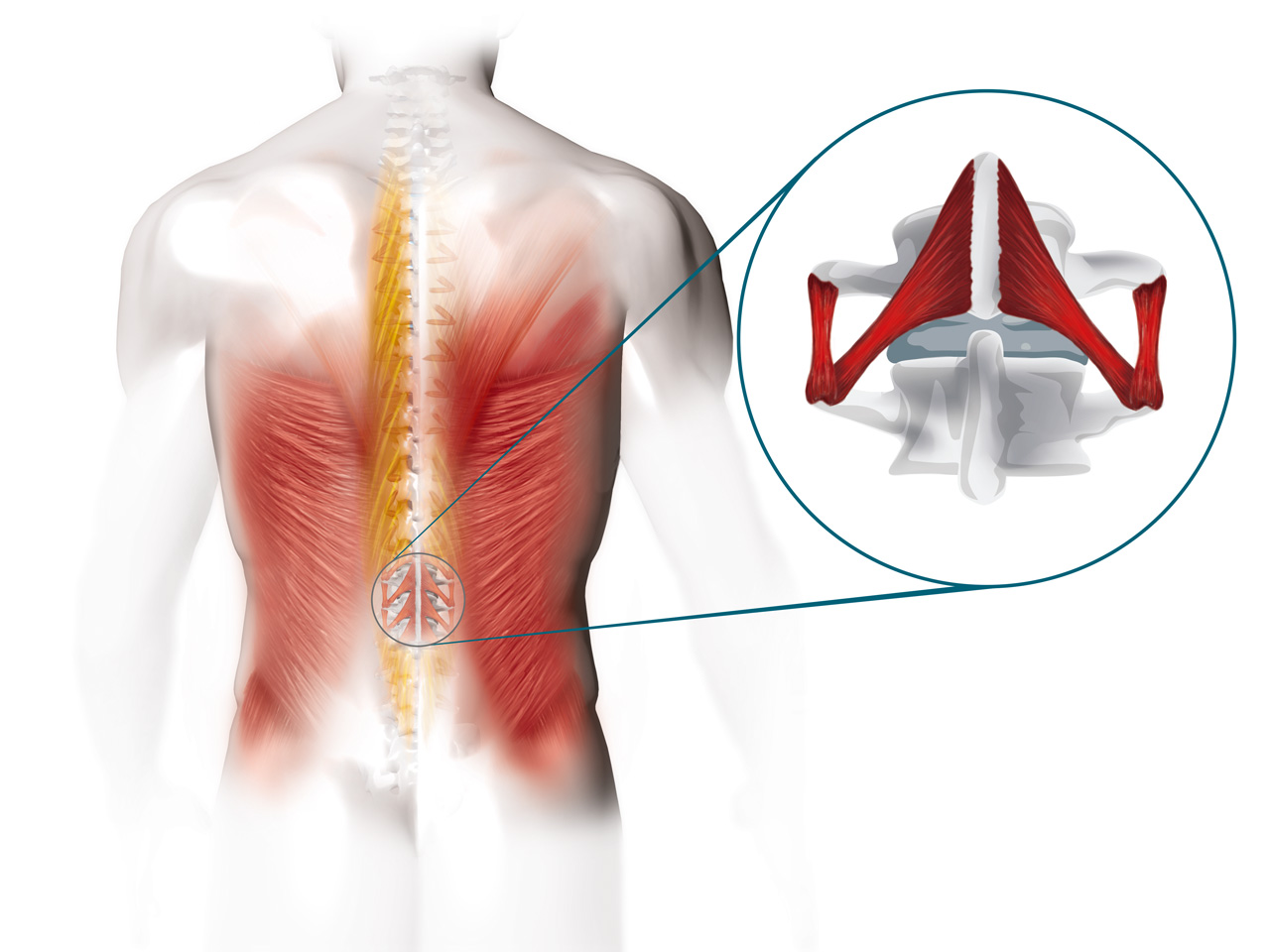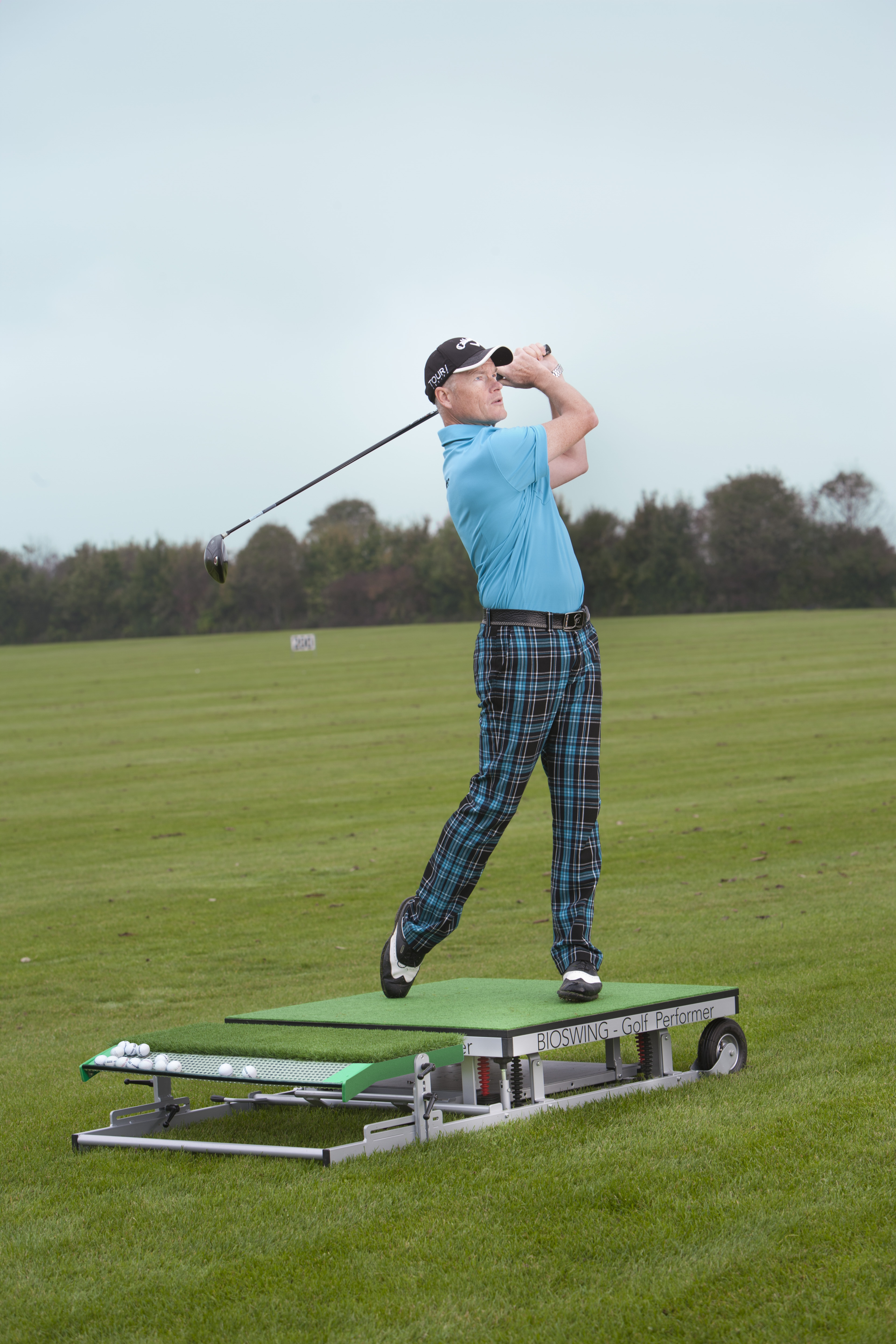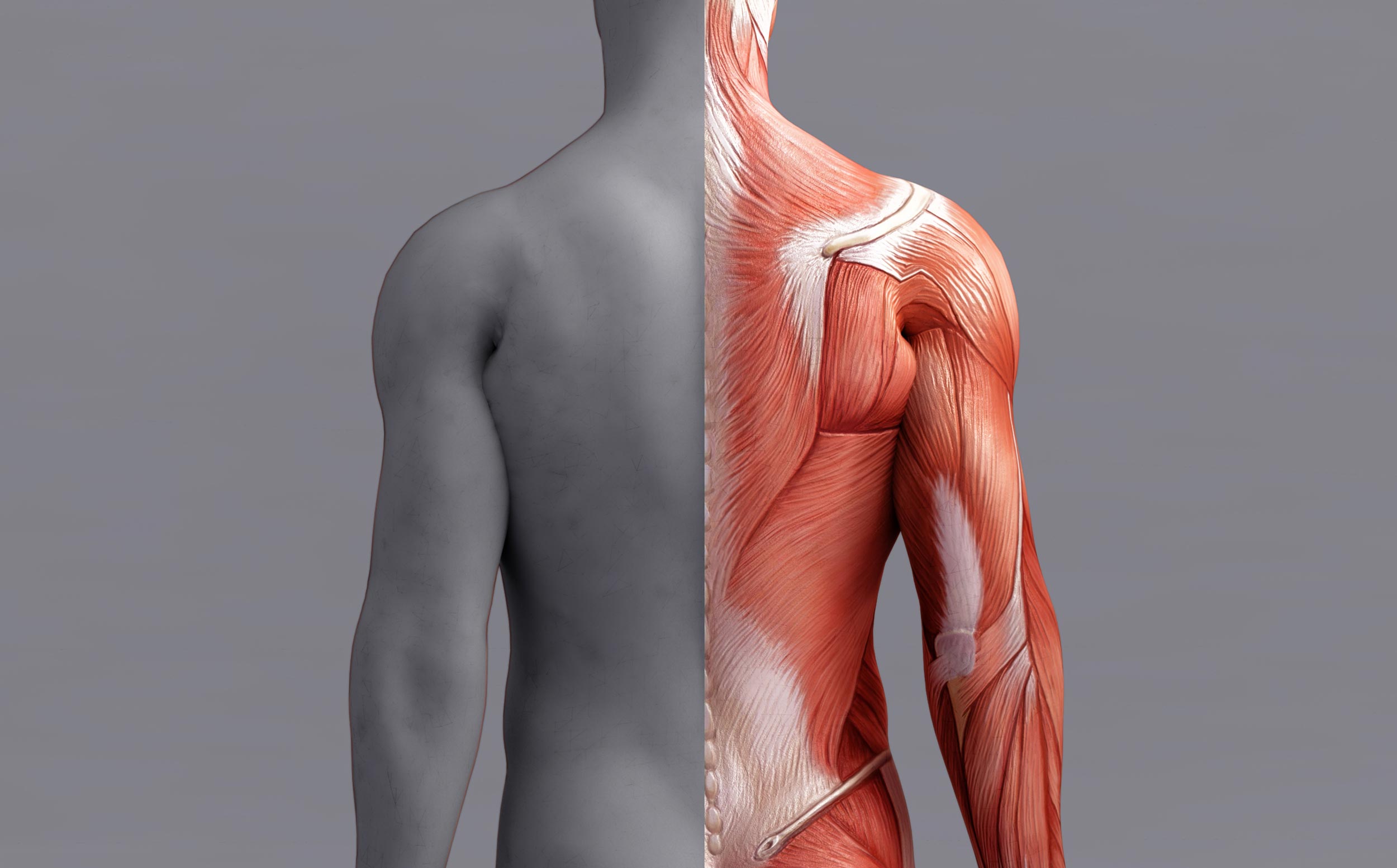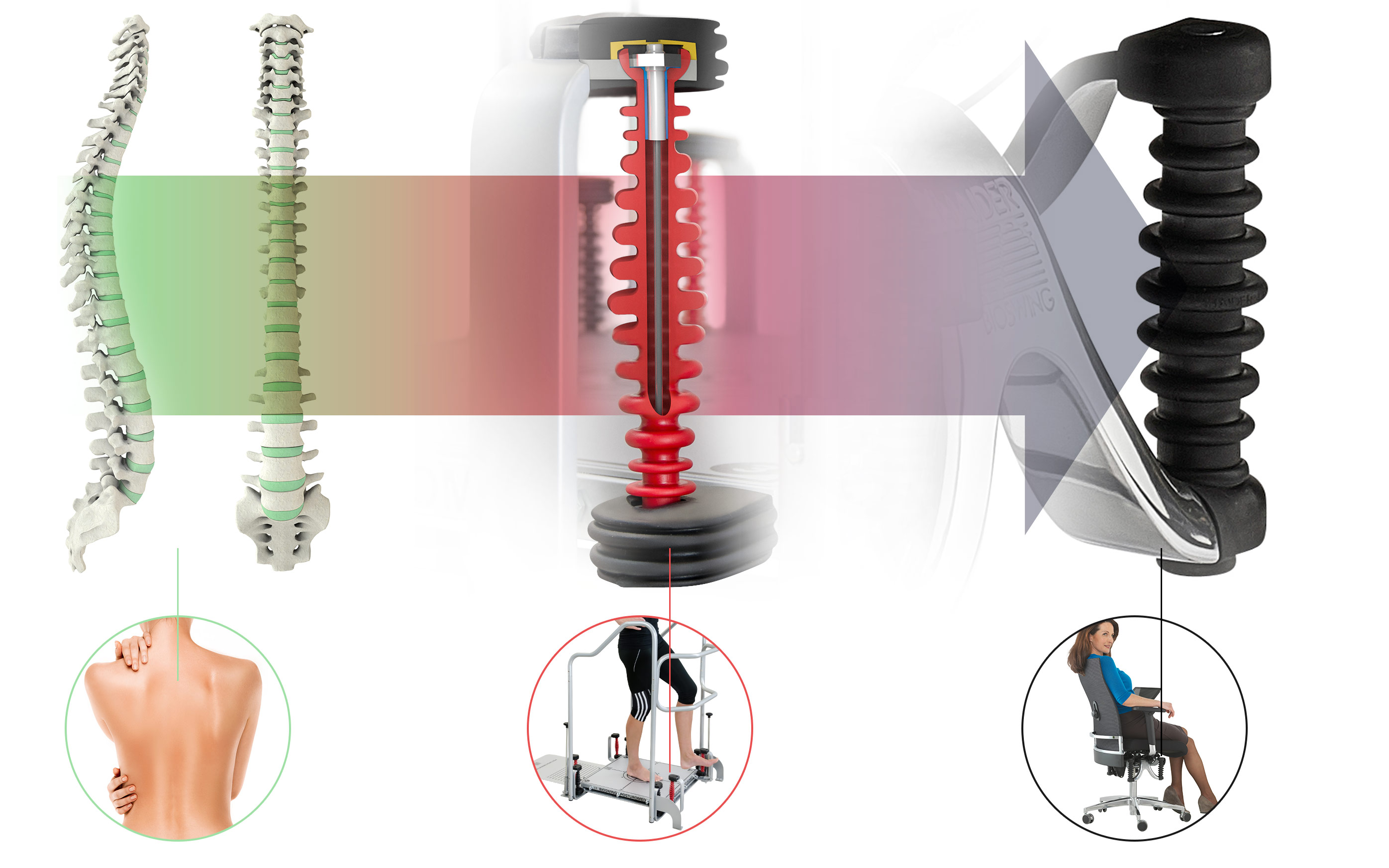Movement is the basis of all life…


… and each individual fundamentally yearns for movement.
Our body plays host to a multitude of unique interactions between roughly 100 trillion cells in more than 200 variations.
A fascinating masterpiece with stunning potential that pulses ceaselessly and that is designed for a life full of movement. Our vital functions have particular rhythms, to allow body and soul to remain in balance.
Tensing and relaxing, activity and regeneration, inhaling and exhaling are some of the polar forces that keep us in constant rhythmical movement and help determine our internal cycle.
And 639 large and small muscles in our body are constantly waiting to practice and train the perfect interplay.
As children, we love exercise
Playful movements and the resulting sensory stimuli, emotions and challenges have a crucial effect on the path towards full physical and mental maturity.
Offering a greater number of sensory stimuli results in more new stable connections being created in the child’s brain.

Our current school and education system remains focused on sitting. Unfortunately, this restricts the child’s natural urge to move and thus prevents the movement stimuli in the child’s brain from taking full effect.
Furthermore, adjustment of the school furniture to suit various body sizes is given rudimentary attention at best, which normally results in the children assuming non-ergonomic postures that can cause long-term damage.
Regrettably, this programming then serves as a foundation for the rest of the child’s life!

Regardless of which particular path the young person’s education takes: the “school of sitting” continues to have its effect, restricting our diversity of movement over the long term.
This stored programming generally leads to incorrect postures being adopted automatically as they have been chronically incorrectly trained. Tension, fatigue and back pain are the first signs of such imbalances and tend to result in chronic problems that can only be rectified with extensive therapy.

18 million people in Germany work sitting in front of a computer.
In one worker’s life, this mounts up to roughly 80,000 hours sitting in front of a screen – with far-reaching consequences: poor posture, chronic back pain, slipped discs and other degenerative conditions impact workers and strain health insurance providers. 80% of all office workers have at some point experienced back problems!

Health insurance company statistics report a further increase in sick leave resulting from spine and skeletal disorders, despite all the efforts that have been taken to create ergonomic workplaces.
Back pain continues to take the inglorious first place among the individual diagnoses and, according to the health insurance company DAK and the German Federal Office for Statistics, it is one of the most costly disorders in Germany. One of its main causes is an acute lack of movement.
On average, cases of musculoskeletal disorders in 2017 had a duration of 18.5 days, according to DAK statistics.

Coordinate your muscles!
BIOSWING is an ideal solution for anyone looking to maintain or restore their back health.
Our BIOSWING oscillating platforms and our BIOSWING swing sticks can significantly help to promote a well-coordinated and thus healthy spine!

Muscles thrive on movement! A lack of movement, something we often experience in our day-to-day work, is “toxic” for our muscles.
To understand how this works, it is important to know the body’s anatomical structure, how the various muscle layers are controlled and the specific movements necessary for a healthy back.
For this reason, please read the interesting facts and background information on back health further below.

The secret:
the swinging mechanism integrated into the oscillating platforms such as the Golf Performer functions automatically, performing its work inconspicuously in the background during your exercises and training sessions. It does so by reflecting all your movement impulses and stimulating the principal areas involved in motor function in your brain to produce greater performance.
Back training during sport – while you focus on something else.

639 muscles form the “motors” of our body.
424 of them are involved in support motor functions and roughly 150 small and minute muscles perform stabilisation and movement in the back. As work is distributed among the back muscles, problems are rare if sufficient natural movement is performed. If movement is prevented, leaving only posture (i.e. restrained movement), Mother Nature’s sophisticated system becomes overwhelmed.

Our muscles are controlled by the nervous system, which makes use of information from countless movement receptors, the eyes, balance, the sense of taste and more to ideally develop automated programmes.
The advantage of such programmes is that they run at a subconscious level, automatically, and the brain requires much less energy to control them. The drawback is that even unphysiological programmes are activated if they have been trained for long enough. This explains the large number of back complaints that often affect people who spend a lot of time sitting in particular.

The back muscles have a “great design”,
as three superimposed and coordinated layers of muscle perform a wide range of tasks:
- Stabilisation
- Bending and stretching
- Rotation
- Coordination
Each layer is structured in such a way as to be able to perform its task perfectly. However, this is dependent on our leading a natural lifestyle as was programmed into our genetic code millions of years ago. Unfortunately, sitting in front of a screen had not been invented back then.

The neck also causes problems for many people.
In general, we spend far too much time in front of screens, mostly in a sitting position, and this causes us to tense our muscles isometrically, i.e. without movement. Over time, the muscles start to suffer from a lack of circulation and metabolic waste products can no longer be removed. The result? Pain and tension, and in many cases these are chronic.
The human body is fundamentally not designed for this type of posture. If your job involves lots of time spent in front of the computer, however, the only solution is regular movement of the neck and relief provided by a neck support.
In the section on ergonomics etc. you can find useful tips and a few small, but highly effective, exercises for this problem.

The spine is the principle load-bearing structure of our body and accordingly, it has many jobs to do: stabilisation, maintaining an upright body posture and movement of the torso. The bending, stretching and rotation of the many individual vertebral bodies is what makes the backbone so immensely flexible. Furthermore, the bone structure provides excellent protection of the nerves, which are vital for life.
The core and load-bearing foundation of the BIOSWING swinging mechanism forms a perfectly sophisticated element which also has a variety of functions:
On the one hand imparting stability (thanks to the pendulum principle), and on the other, extremely sensitive in its responses, so even microimpulses can be reflected and with damping that is perfectly suited to the natural frequencies of the particular application (therapy, training, sitting).

Problems always occur when the spine is chronically overstrained and an acute lack of movement prevents the physiological nourishment of the spinal discs. This causes the spinal discs to lose their natural elasticity, making them brittle, and if stability is lacking – caused by too little movement and too much support – the risk of a slipped disc increases from one year to the next.
The foundation of a healthy spine is sufficient movement, as this ensures that sufficient fluid passes through the spinal discs and that the surrounding muscles remain stable.

What a great feeling: to know that the training device trains the natural, highly complex coordination of movement!

“The greatest of follies is to sacrifice health”
These are the words of the philosopher Arthur Schopenhauer in his Essays and Aphorisms in a time long before office work involved sitting for hours in the office or motionless in front of a screen.
Sufficient cause for us in the modern world to give serious thought to optimising our increasingly digitised working and leisuring environments.
After all, as he says in another quote: “Health is not everything, but without health, everything is nothing”